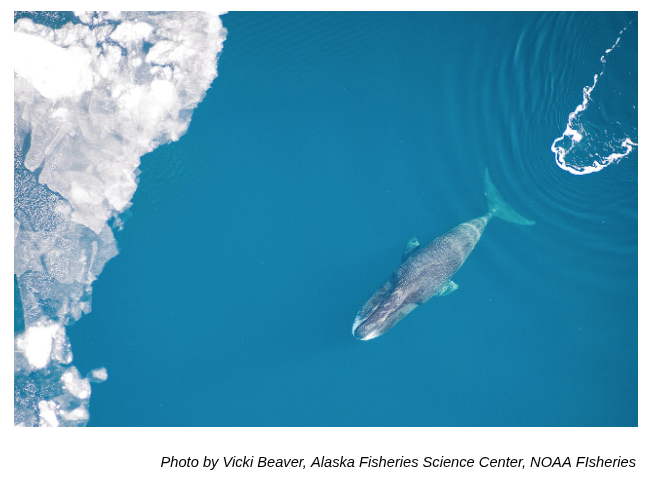
Cracking the Innovation Code—The Power of Iterative Hypothesis Formulation
Imagine your partner returns home soaking wet. Possible explanations might be that they jumped into the community pool in their clothes or ran a marathon in 90-degree heat drenching them in sweat. But the most plausible explanation? The torrential downpour visible from your living room window. You can be reasonably certain that’s the explanation for your partner’s current soggy state, and pretty accurately predict the same would happen to you if you stepped outside your front door.
What’s Your Best Guess?
This example is straightforward for argument’s sake, but formulating hypotheses in service of innovation isn’t much different. At the heart of every great idea, there's a strong hypothesis – an informed prediction based on available data, past knowledge, or observation that can be tested.
It sounds fancy and complicated, but it isn’t. Basically, a hypothesis is somebody saying, hey, I bet this is going to happen, and then checking if they gambled correctly.
A hypothesis is only a hypothesis if it can be tested and proven right or wrong. Otherwise, it is meaningless and falls outside the realm of scientific investigation. Conversely, you must formulate a hypothesis before you set up an experiment or build a prototype. Otherwise, what’s the point? Without a hypothesis, experiments would resemble a game of hide and seek where no one knows what they're looking for.
The PCDworks Difference
Tucked away in the heart of East Texas, our 80-acre campus has been designed to foster hypothesis-driven innovation. Here, we cultivate a generative environment for deep work and innovative thinking during our Immersive Innovation™ sessions. We brainstorm potential solutions that inform preliminary hypotheses, then devise effective ways to test them, bringing in our mathematical modeling, electronic design, mechanical engineering, and finite element analysis (FEA) experts.
Our clients have access to our expert team plus 20,000 sq ft of resource buildings, including our brainstorming studio, several labs fitted with proprietary testing tools, and a prototype shop. Multiple 3D printers, two CNC machines, and a small foundry to cast metal, are available around the clock. You can even access our pick-and-place machine to populate your own PCBs.
In short, if your hypothesis is testable, we likely have the facilities, staff, tools, and expertise necessary to create an experiment, collect observations, and analyze data.
Learning from Failure
Even if a hypothesis is disproven, it's not a setback but a step forward in refining our understanding. The beauty of scientific innovation lies in its capacity to weed out what doesn’t work and narrow the scope. The fact that a hypothesis can be proven false is part of what gives science its power: this process of elimination helps identify the most viable solution.
Continually formulating, testing, and re-calibrating hypotheses protects us from starting or continuing with unfounded assumptions. This iterative process keeps our egos in check, our curiosity piqued, and our focus sharp.
Avoiding Confirmation Bias in Innovation
You may think this is obvious, but we’ve worked with a few clients who invested so much time, energy, and money in one solution that they became blind to other, more effective, cheaper, faster, and more sustainable options. Our brains evolved to recognize patterns and predict future events, which can lead to confirmation bias - cherry-picking information that aligns with our existing beliefs. To foster innovation, we must remain open-minded and follow where the data leads, not where we wish it would.
From Concept to Prototype: Hypothesis Testing in Action
Prototype building and testing are critical components of our innovation process. These practical steps help test hypotheses to see if our idea stands up to the laws of nature. We build preliminary and partial prototypes to test individual hypotheses before integrating them into a complete prototype.
Formulating a hypothesis is simply making an educated prediction that can be put to the test. It's something we're constantly doing in all aspects of our lives. Our brains are always hypothesizing, i.e., trying to predict what will happen next. When we consciously apply this to innovation, we add a method to the madness of creativity.
After we ask our clients to engage in the risky innovation process and come up with the most disruptive ideas, we now turn to de-risking the most promising solutions. Hypotheses lead to new data, which we distill into knowledge about the subject, which in turn reduces the risk of the proposed solution. Every time we formulate a new hypothesis, test it, gather data, and translate the information, it becomes knowledge that informs our next steps. We’ve found another puzzle piece to show us which innovative path is the least risky.
Over the years and decades this knowledge becomes wisdom. Instead of attaching knowledge to a single piece of data, experts with vast experience see patterns that transcend fields of study. PCDworks team members make connections rather than looking at a solution in a vacuum, because we understand that all things are interrelated. As a knowledge building company, when you work with us, you not only access the obvious skills and expertise of our team, but also the undercurrent of wisdom, the deeper insights culled from decades of innovation that are not immediately accessible but brought to the surface during our innovation process.
If you’re curious about how our hypothesis-driven innovation process works, you can read more here.

